U.S. News
26 More Junk Foods That Could Disappear Under RFK Jr.’s Additive Crackdown
By Jake Beardslee · June 24, 2025

26 More Junk Foods That Could Disappear Under RFK Jr.’s Additive Crackdown
In April 2025, U.S. Health and Human Services Secretary Robert F. Kennedy Jr. proposed banning several synthetic food dyes. With mounting public pressure against ultra-processed foods, additional restrictions on preservatives, emulsifiers, and flavor enhancers could be on the horizon.The cost of reformulating many products, combined with changes in taste, texture, and appearance, may lead some companies to drop certain items altogether. Here are 26 more junk foods that may disappear from store shelves if these changes take effect. Josh Morgan-USA TODAY

Ranch-Flavored Corn Chips
These tangy chips often rely on MSG, artificial flavorings, and buttermilk powder blends that use preservatives to remain shelf-stable. Reformulating them without these elements would likely alter the signature creamy-spicy profile. Texture could also suffer without emulsifiers. If the substitute version disappoints, sales might tank. Some variations may vanish altogether. Tamas Pap / Unsplash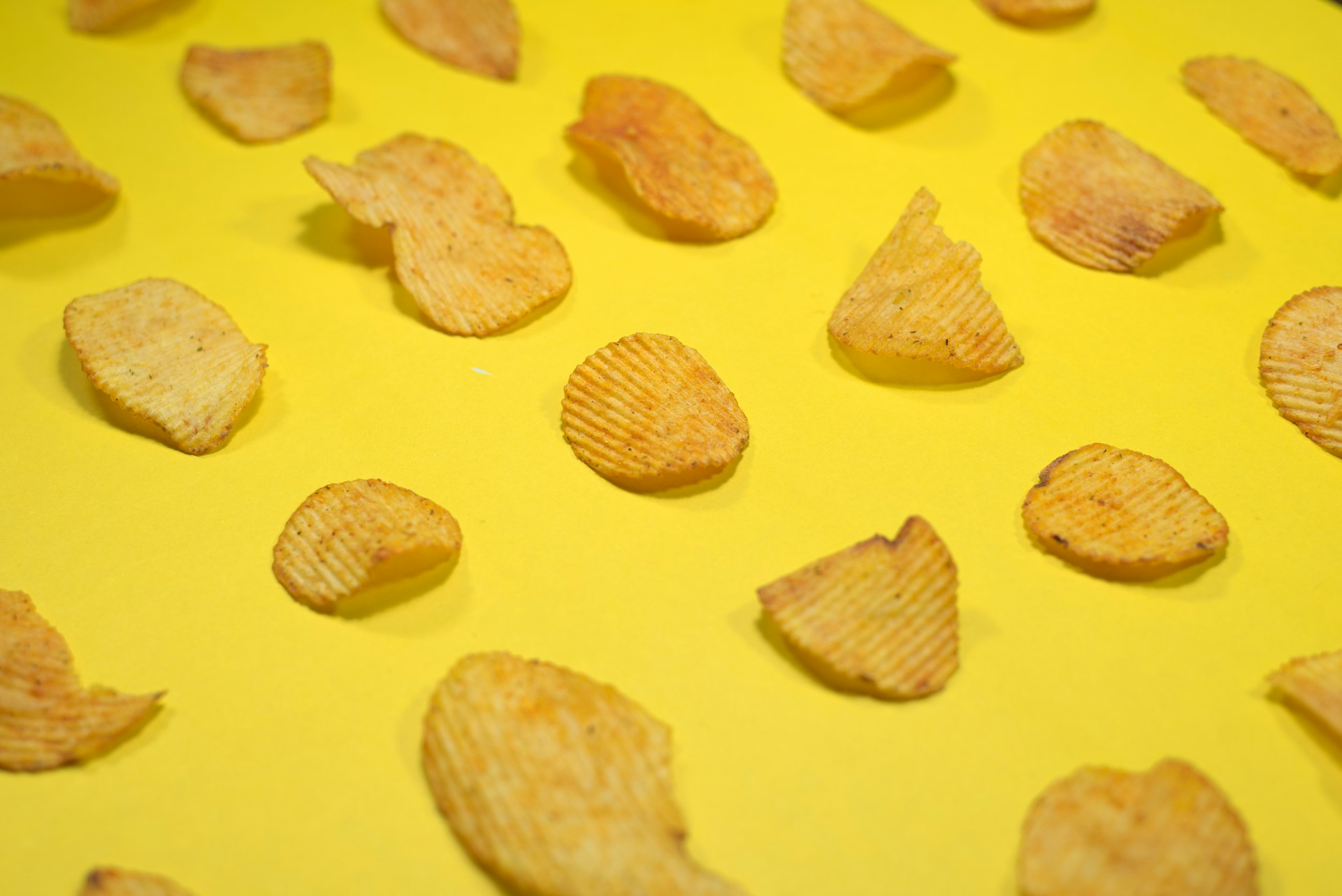
Sour Cream & Onion Potato Chips
This flavor often relies on flavor enhancers like disodium inosinate and synthetic sour cream flavor. Reformulated versions may taste flat or too acidic. Some versions also include dyes to make seasoning appear more intense. Without these enhancements, visual appeal and flavor balance might be lost. Retailers might shrink their offerings if consumer satisfaction dips. GR Stocks / Unsplash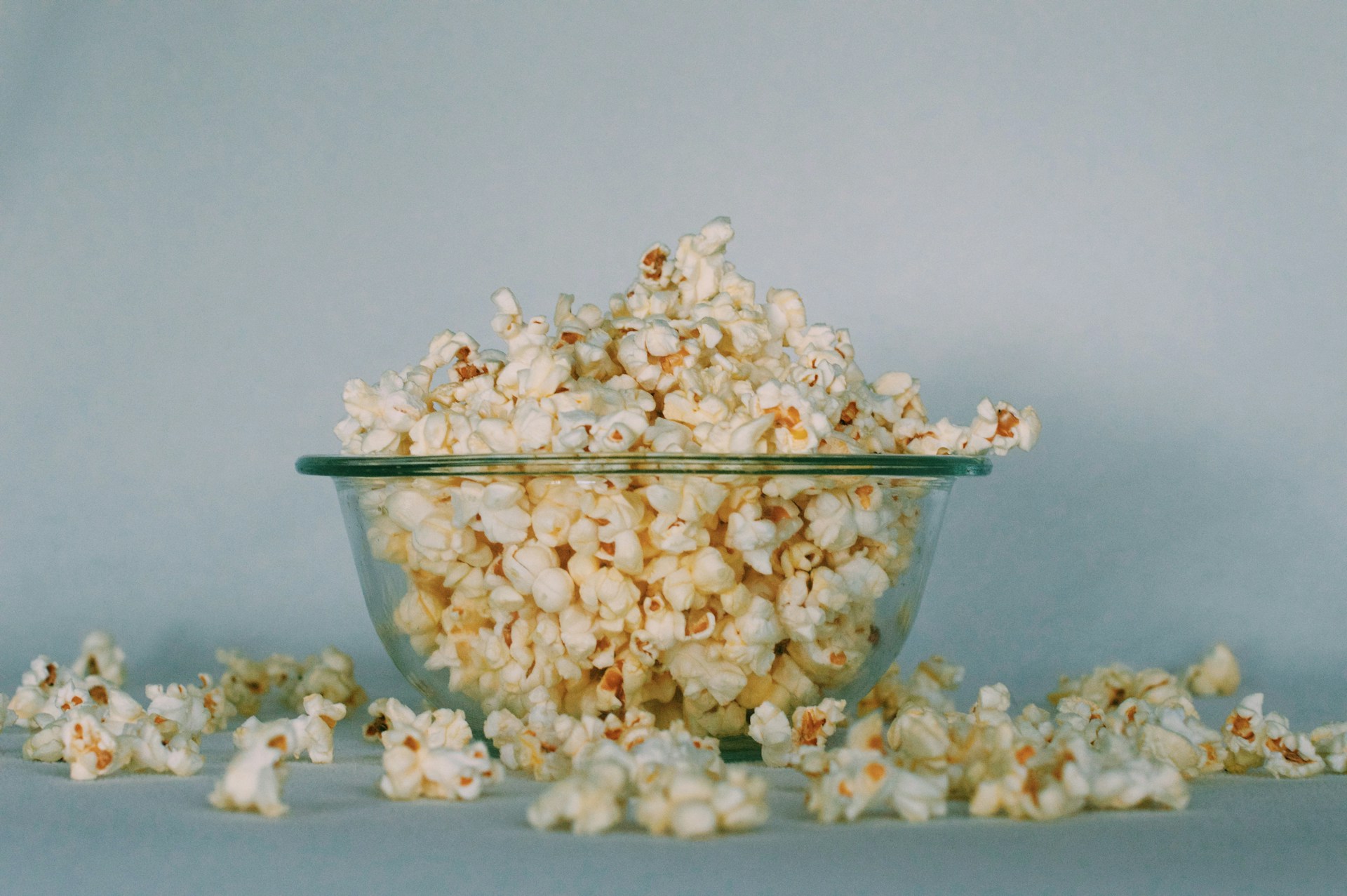
Powdered Popcorn Seasoning
Many shelf-stable cheese-flavored popcorn powders include anti-caking agents, colorants, and chemical preservatives. Reformulating this to meet cleaner standards without clumping or flavor loss is tough. The result might not evenly coat kernels or hold its tang. Manufacturers may need to cut entire product lines rather than compromise. Budget movie-night snacks could take a hit. Georgia Vagim / Unsplash
Chocolate-Coated Mini Donuts
These treats often contain emulsifiers, artificial chocolate flavor, and preservatives to survive weeks on shelves. Removing these ingredients can reduce the coating’s snap and lead to sogginess. Texture shifts could ruin their appeal. Reformulated versions would likely cost more and sell less. Smaller brands may abandon this product category altogether. Rod Long / Unsplash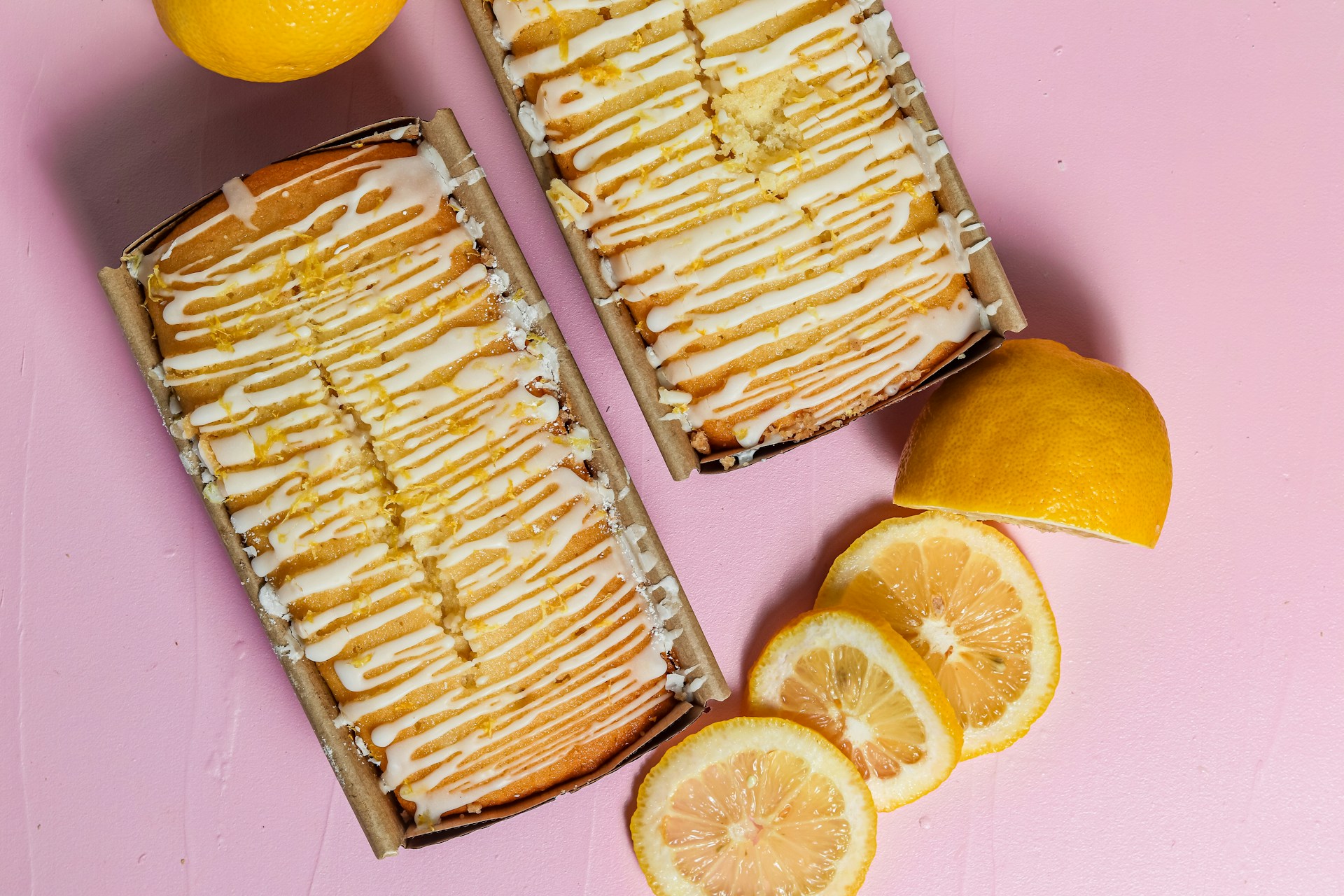
Iced Lemon Snack Cakes
Lemon-flavored cakes often include Yellow 5 and artificial lemon oil to create a bright, sweet citrus profile. Without synthetic dyes, they turn beige and lose their eye-catching appeal. Natural lemon is more tart and less stable. Reformulation is expensive and risky. Brands may retire lemon flavors if sales dip. Julissa Capdevilla / Unsplash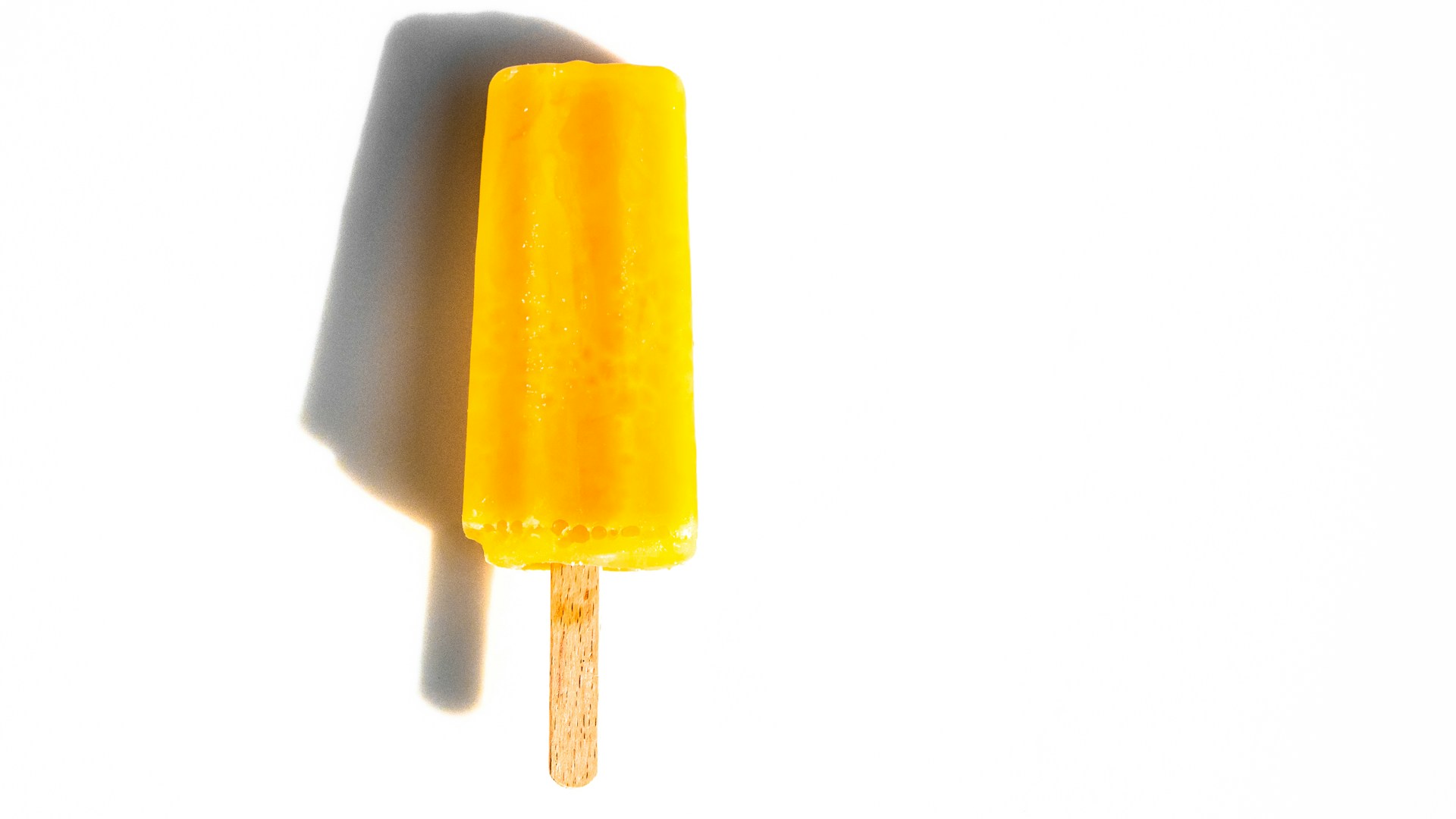
Neon-Colored Ice Pops
These freezer staples often use Blue 1, Yellow 5, and Red 40 to achieve their iconic glow-in-the-dark colors. Reformulated versions may appear washed-out and melt inconsistently due to the absence of stabilizers. Natural coloring like beet or turmeric breaks down more quickly, especially in freezing conditions. Switching to natural ingredients may raise costs and shorten shelf life. If kids reject the new look, stores may reduce their shelf space or drop them. Lanju Fotografie / Unsplash
Packaged Cheese Breadsticks with Dip
Snack packs with cheese-flavored breadsticks and processed dip rely heavily on stabilizers and flavor enhancers. Bright orange dip is rarely colored naturally. Without emulsifiers, the dip may separate or lose creaminess. Natural cheese blends may lack the tang or consistency customers expect. Brands may opt to retire these combos rather than overhaul the recipe. nghoangviet171 / Pixabay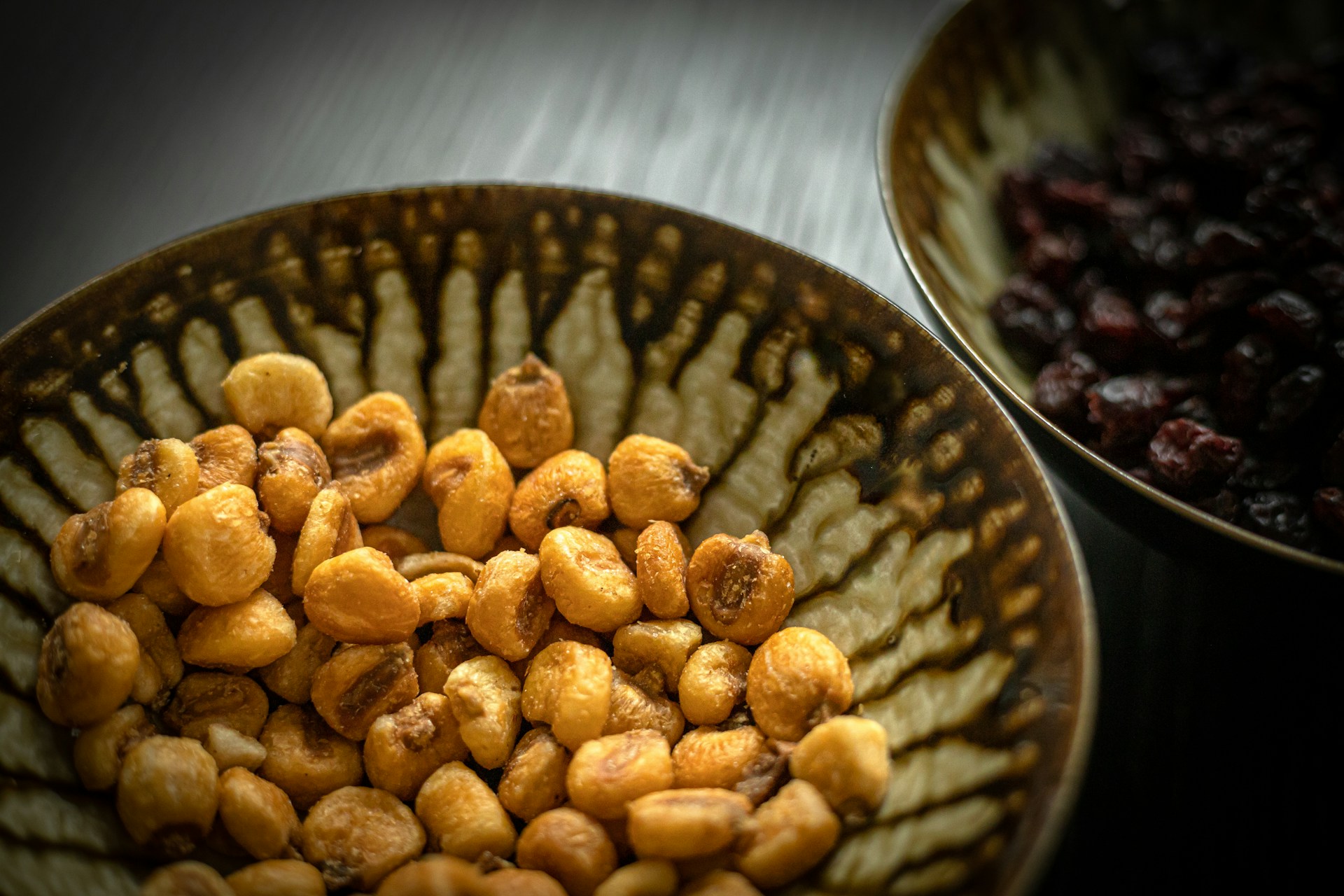
Spicy Corn Nuts
Spicy corn nuts often get their vivid hue from artificial colorants and their long shelf life from chemical preservatives. Eliminating both could dull the appearance and make the product go stale faster. Replacing them with natural options might require costly adjustments in processing. If reformulated products break teeth or lose crunch, they may flop. Some companies could stop making bolder flavors altogether. Andreas Haslinger / Unsplash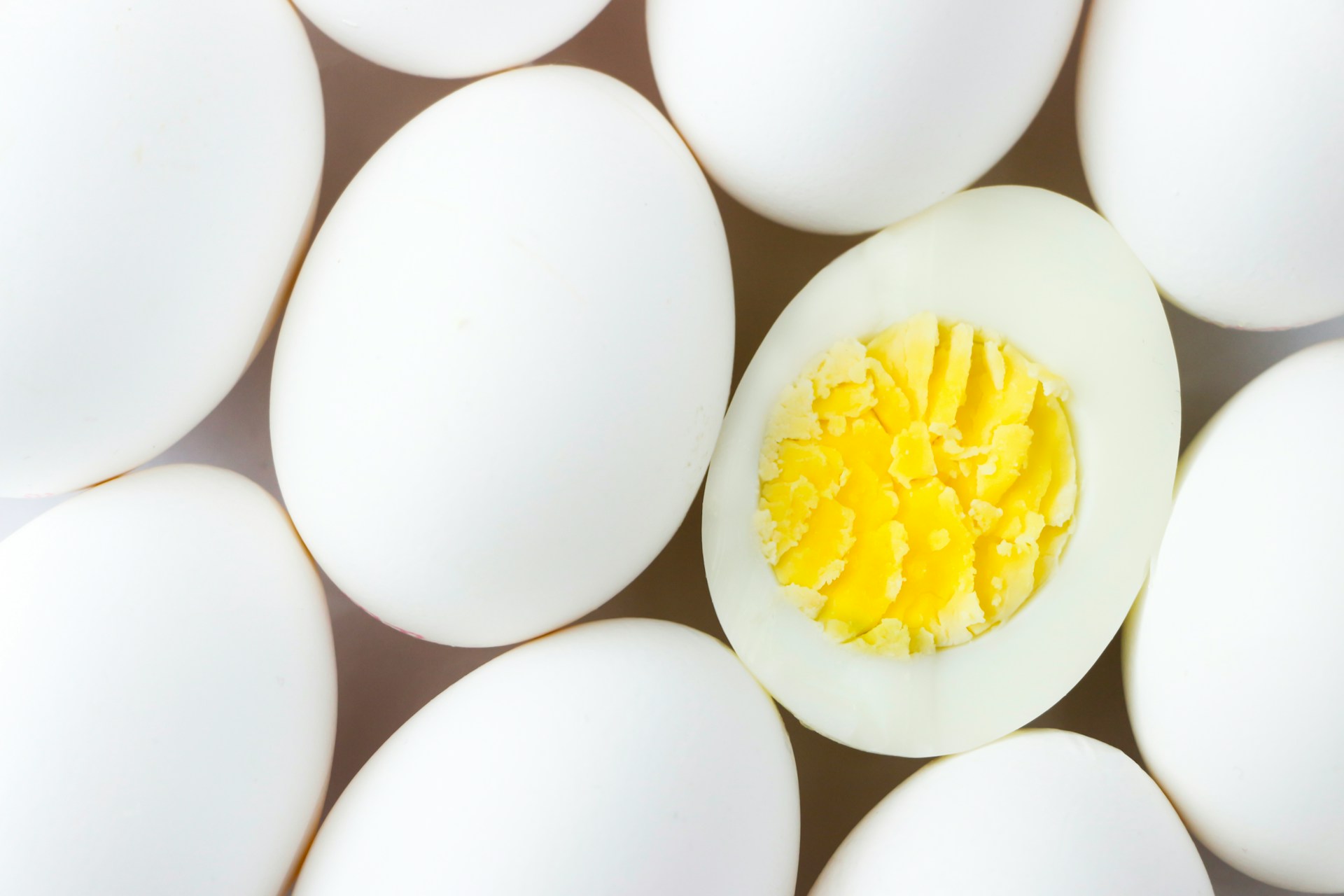
Gas Station Pickled Eggs
Often sold in brine with an unnatural yellow or red tint, these snacks typically get their color from dyes like Red 3 and Yellow 5. Removing those additives may result in unappetizing hues or sediment buildup. Without preservatives, the eggs may spoil faster and require refrigeration. Reformulating would raise logistical costs significantly. Low-volume items like this may vanish rather than be reformulated. Mustafa Bashari / Unsplash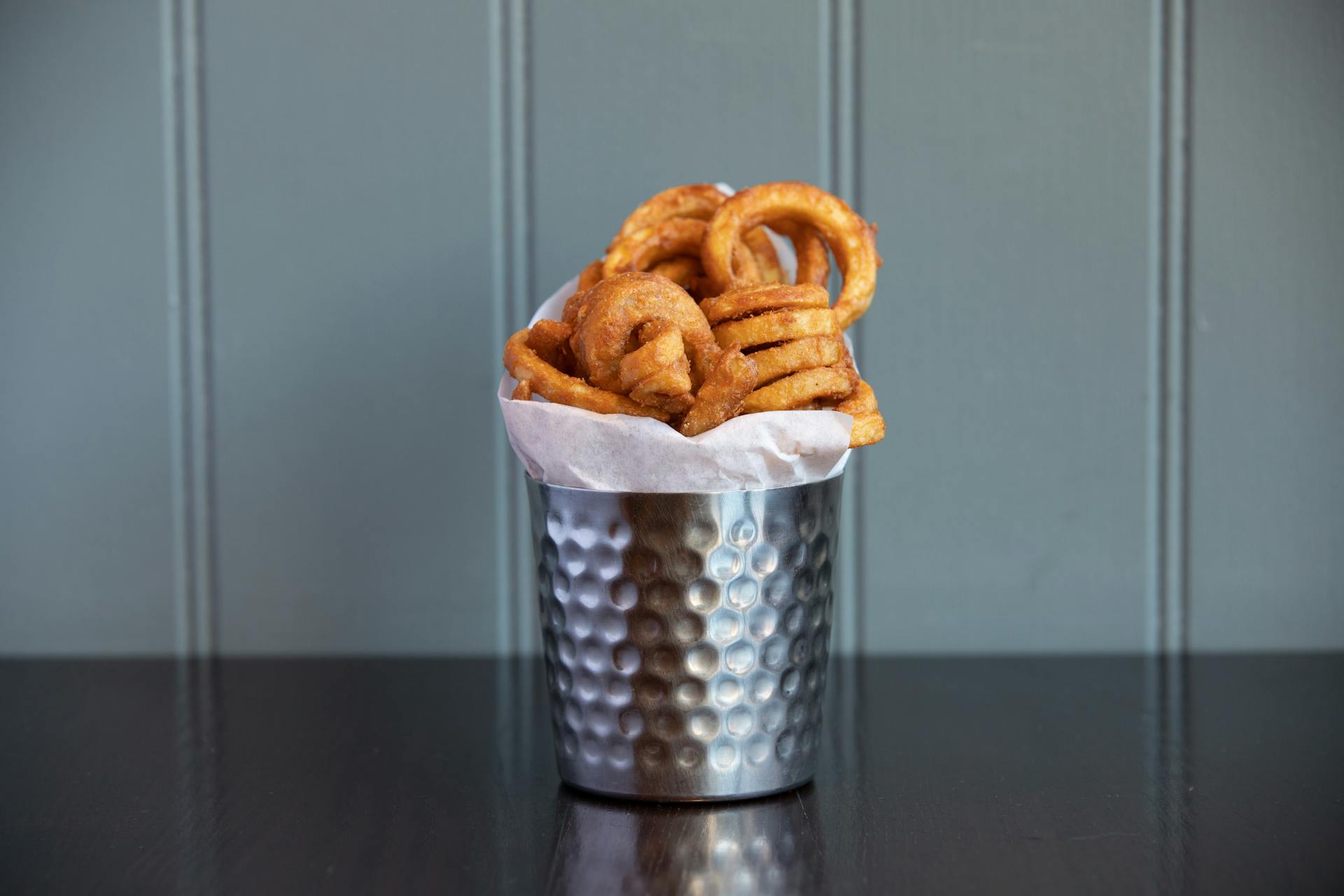
Curly Fries (Frozen)
Curly fries from the frozen aisle often include artificial coloring in the seasoning mix. Some also use emulsifiers to help fries retain crispness after baking. Reformulating these elements may require new equipment and more expensive oil-stable coatings. Consumers may reject soggier or less flavorful alternatives. Budget brands may pull them from rotation entirely. Snappr / Pexels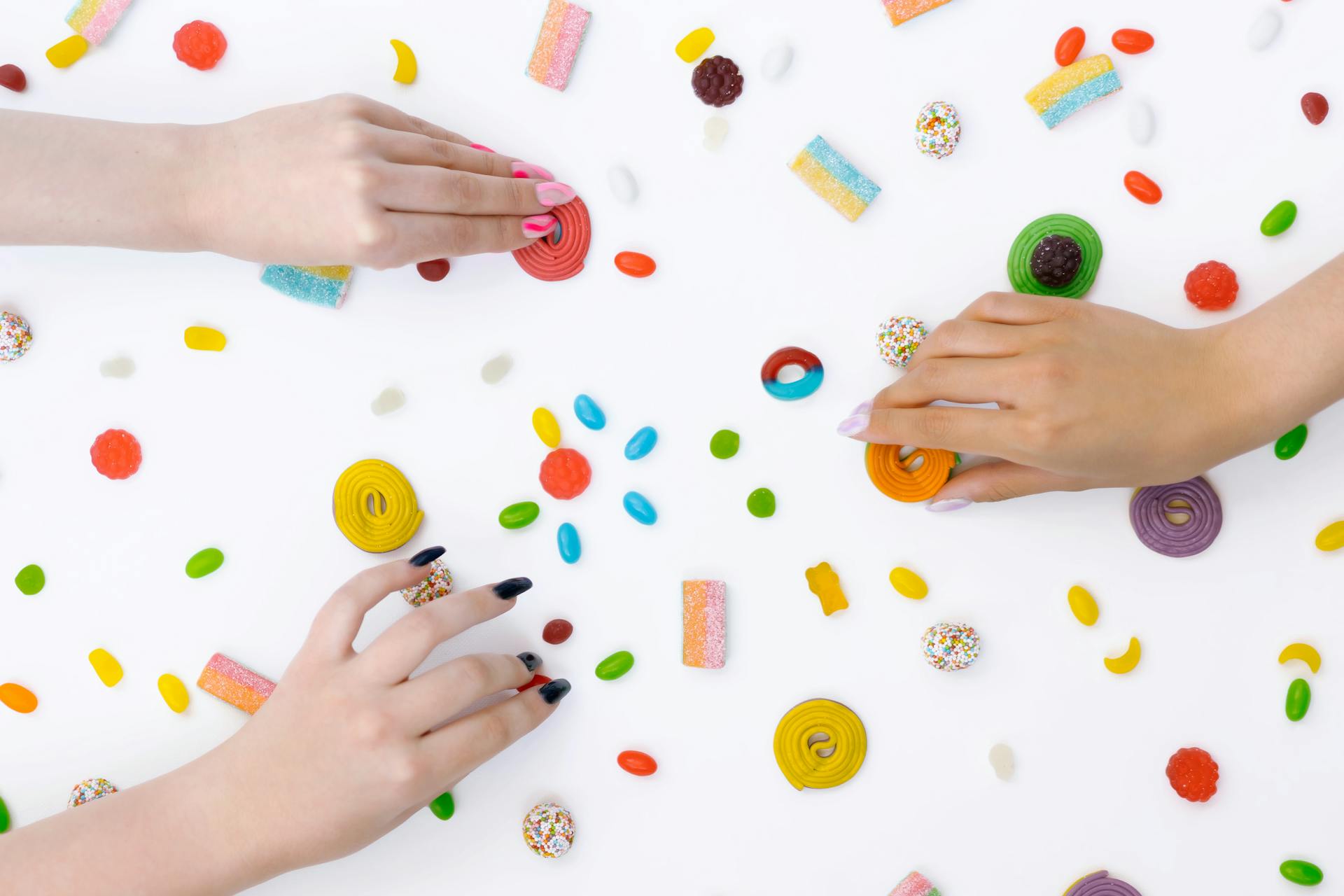
Sour Apple Ring Candies
These neon green gummy rings often depend on Yellow 5 and Blue 1 for color and tartaric acid for bite. Natural alternatives can alter the chewiness and change the hue to a muddy tone. If kids reject them based on appearance or texture, companies may drop the line. Reformulation costs may not be worth it for novelty candies. Mikhail Nilov / Pexels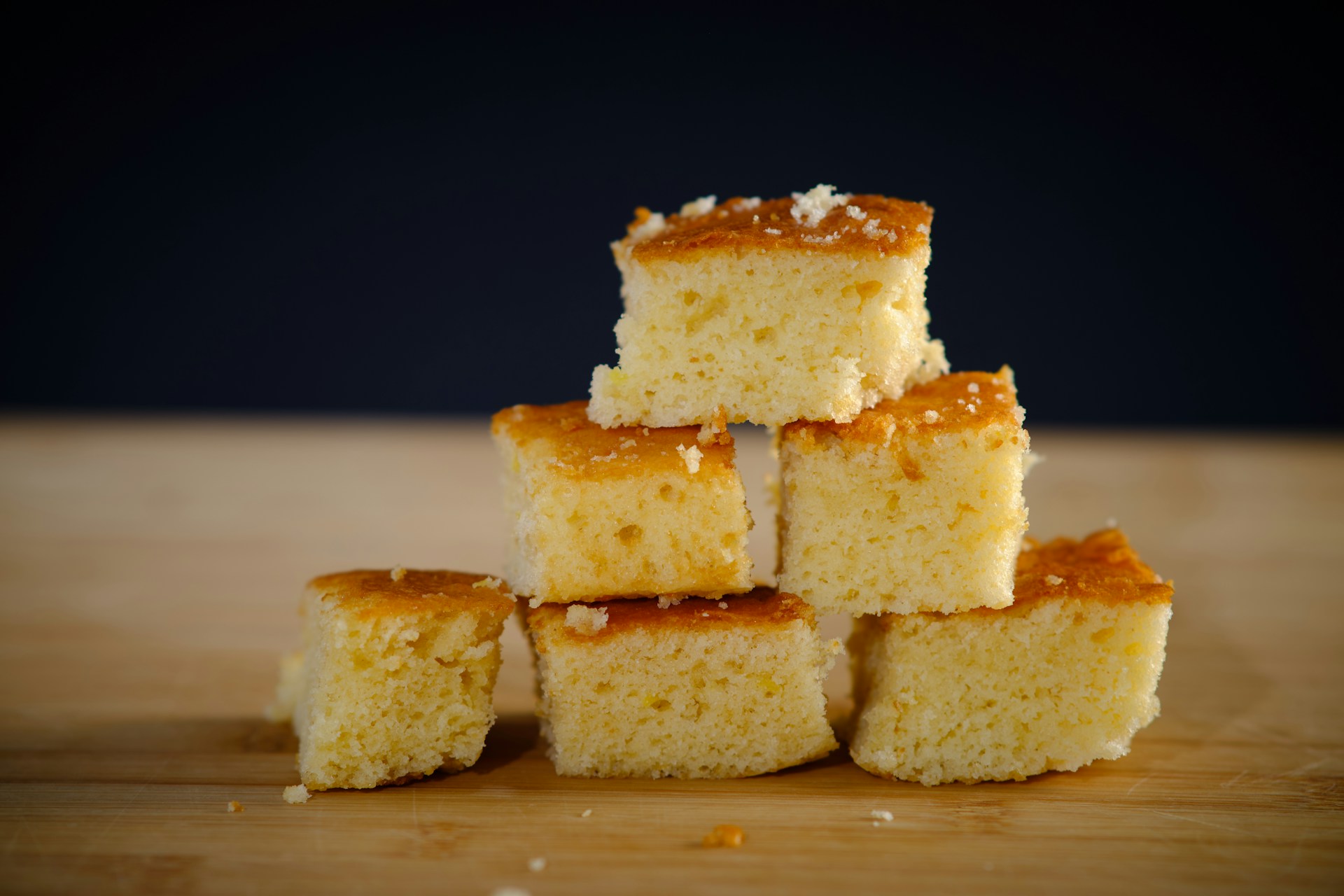
Cornbread Mixes with Cheese or Jalapeño
Shelf-stable cornbread mixes with visible color often use artificial ingredients to enhance yellow or green flecks. Real jalapeños and cheddar are more costly and more difficult to preserve. Without added color, the mix may appear bland or unappetizing. Natural preservatives can drive up the price without significantly improving quality. Low-margin flavored versions may be discontinued. Jose Luis / Unsplash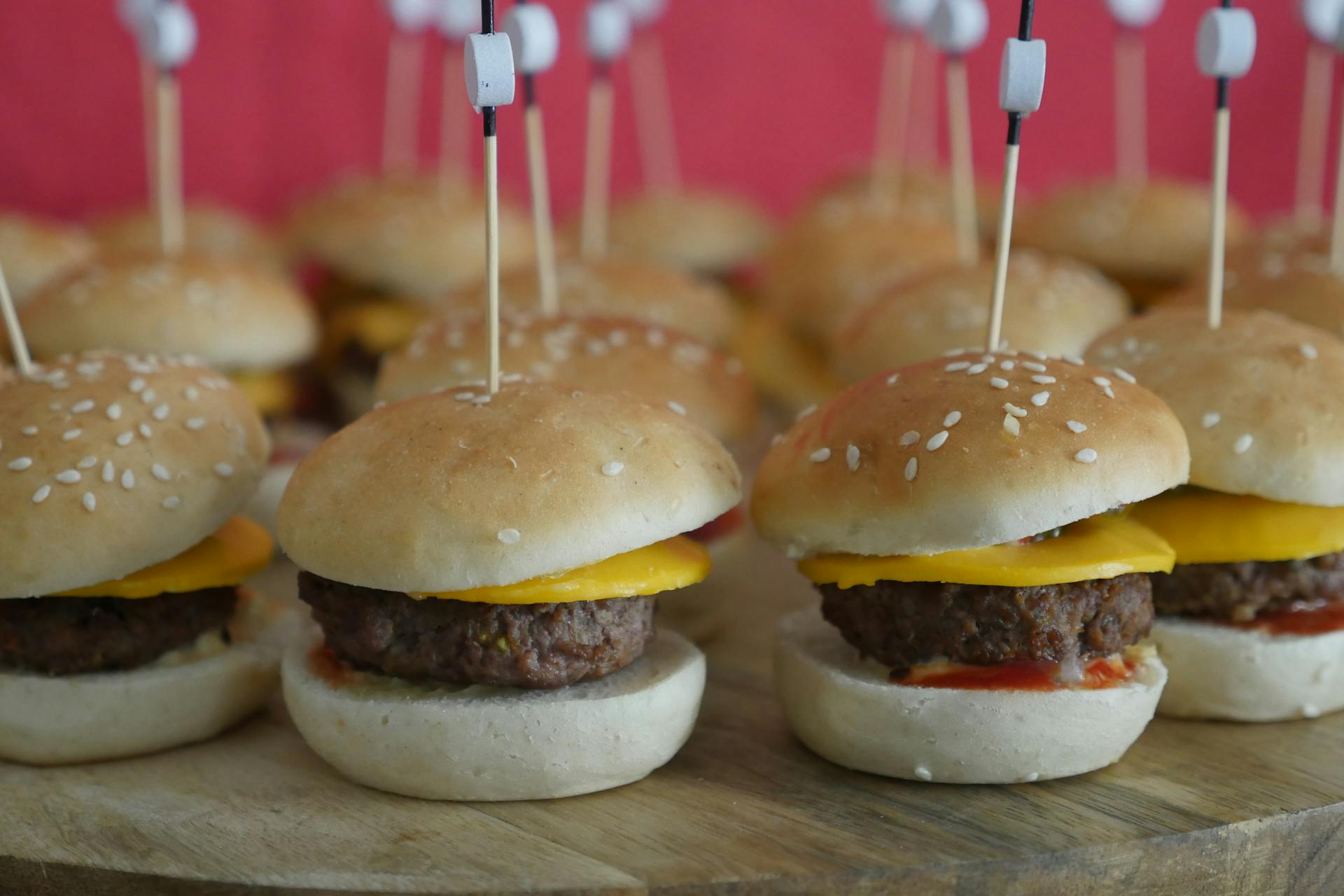
Microwave Cheeseburger Sliders
These frozen snacks often rely on processed cheese with artificial coloring and meat stabilized by additives. Natural cheese alternatives may melt inconsistently or lose texture. Shelf life could plummet without synthetic preservation. Increased reformulation costs might not be worth it for value-tier products. The cheeseburger format may get downsized or discontinued. Etoile / Pexels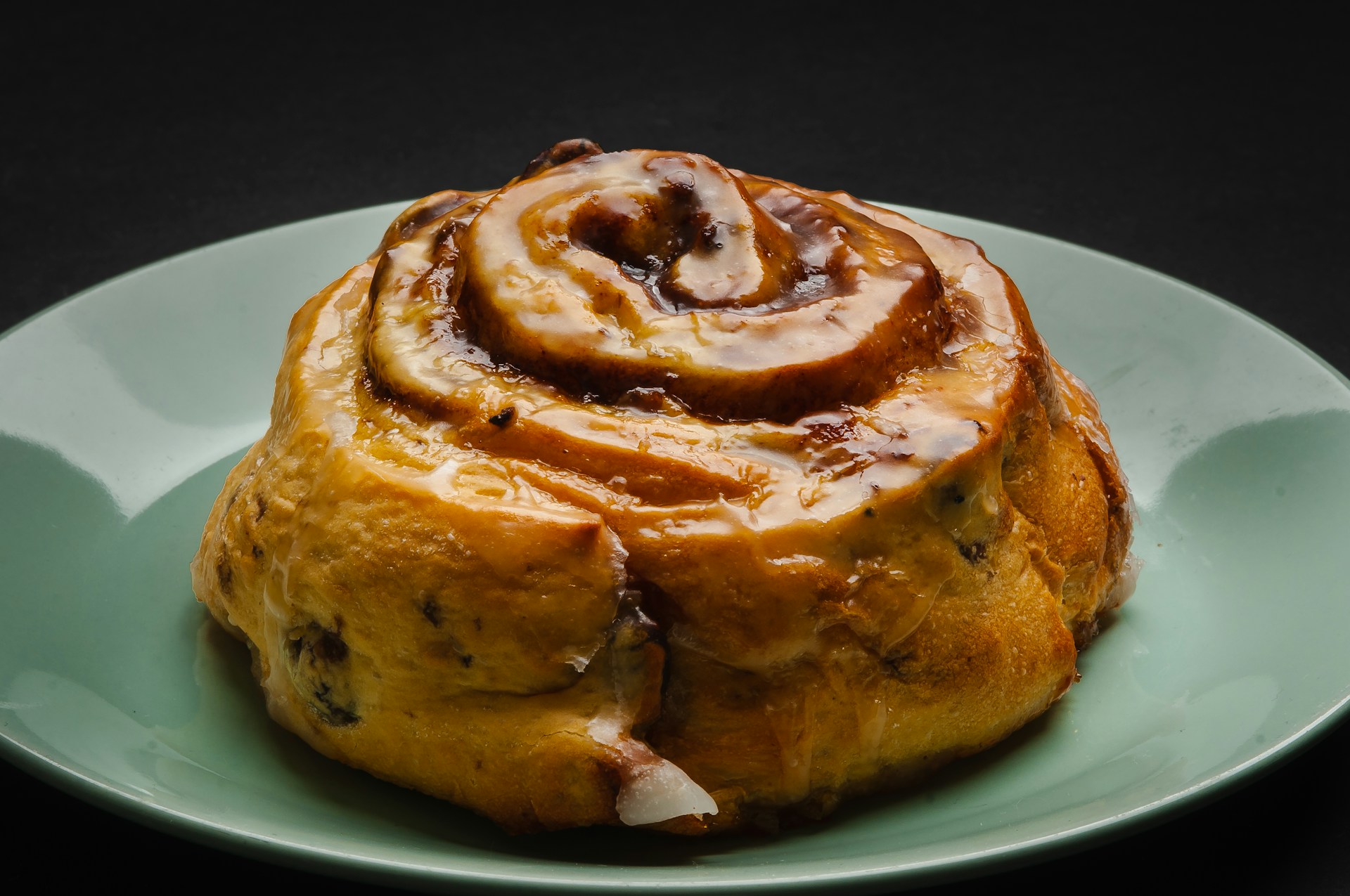
Gas Station Cinnamon Buns
Pre-packaged buns with shelf-stable icing often use synthetic flavors and stabilizers. Reformulating could make them prone to drying out or separating. Natural icing may not survive transit or long storage. Shelf presence could shrink if the buns become less reliable. Some versions may be limited to refrigerated sections or cut entirely. David Thielen / Unsplash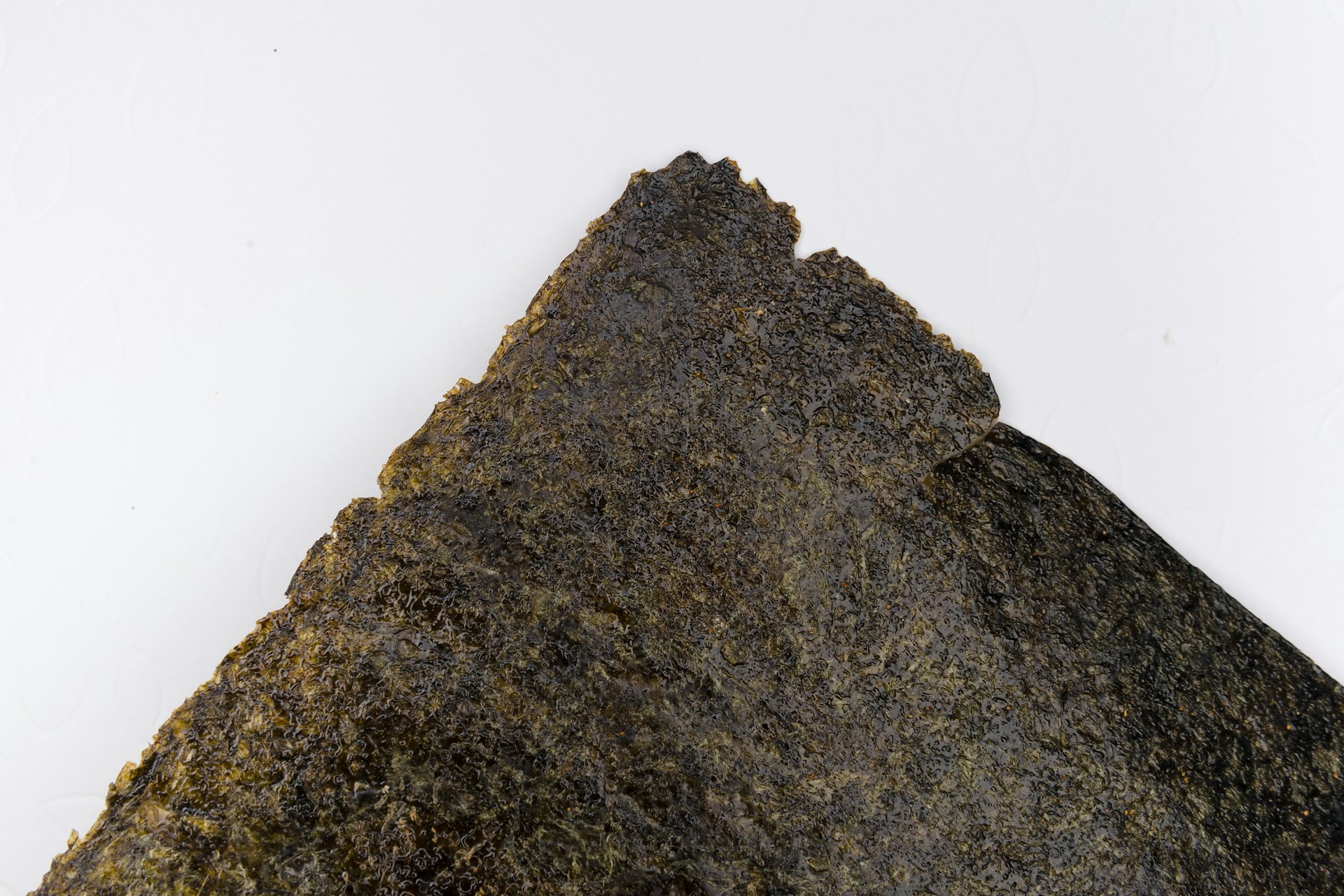
Flavored Snack Seaweed Sheets
Spicy or BBQ seaweed snacks are sometimes dusted with artificially colored powders. Without preservatives, they may go stale or lose crispness quickly. Natural alternatives often absorb moisture or fail to deliver strong flavor. Reformulating could raise shipping and storage costs. Novelty flavors may quietly vanish. Markus Wrinkler / Unsplash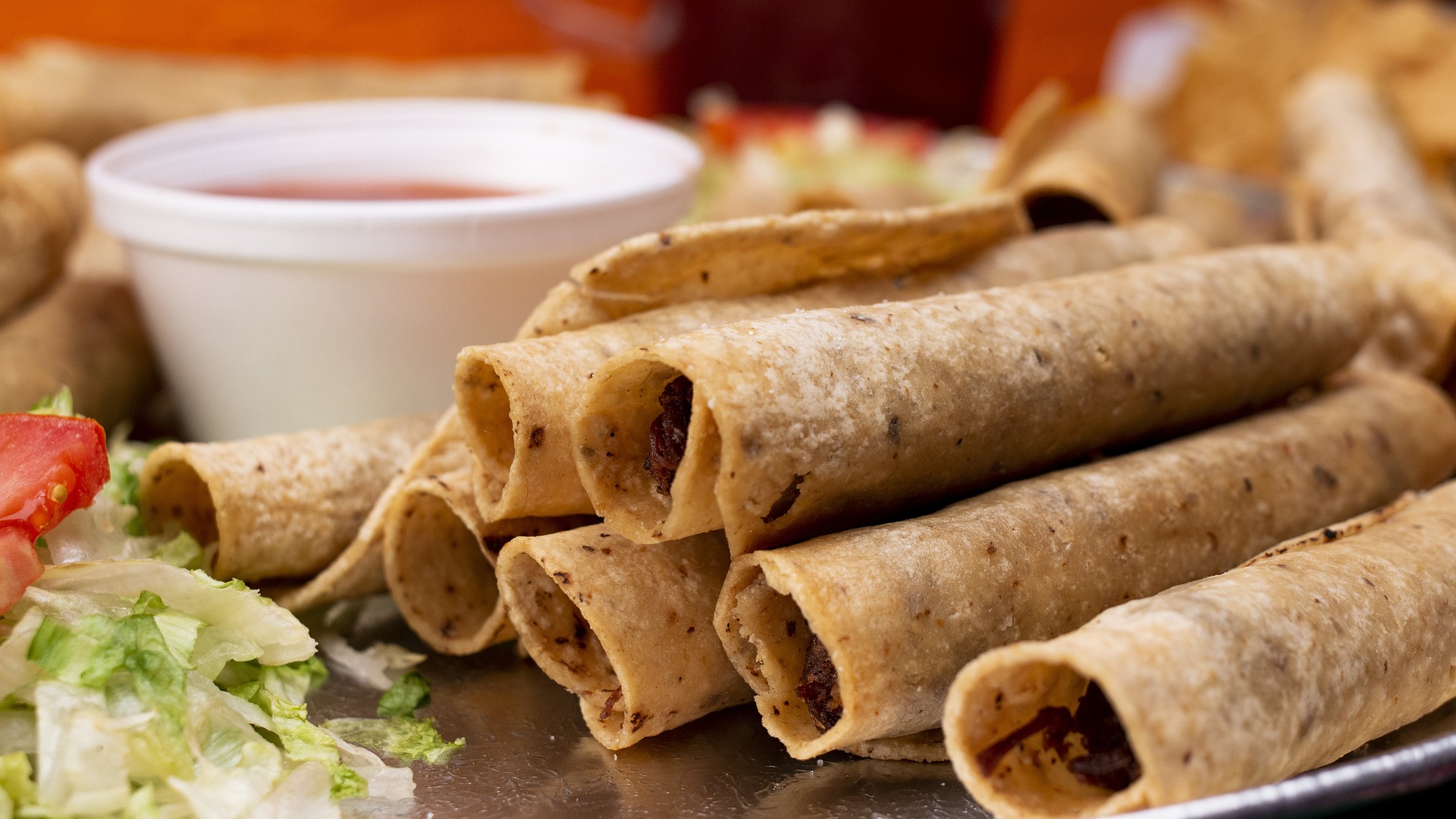
Frozen Chicken Taquitos
These snacks typically rely on emulsified fillings and bold flavor profiles to stand out. Without stabilizers and artificial ingredients, fillings may leak or dry out during reheating. Reformulating adds cost and increases the risk of quality loss. Some manufacturers may cut flavor options or exit the category altogether. adoproducciones / Pixabay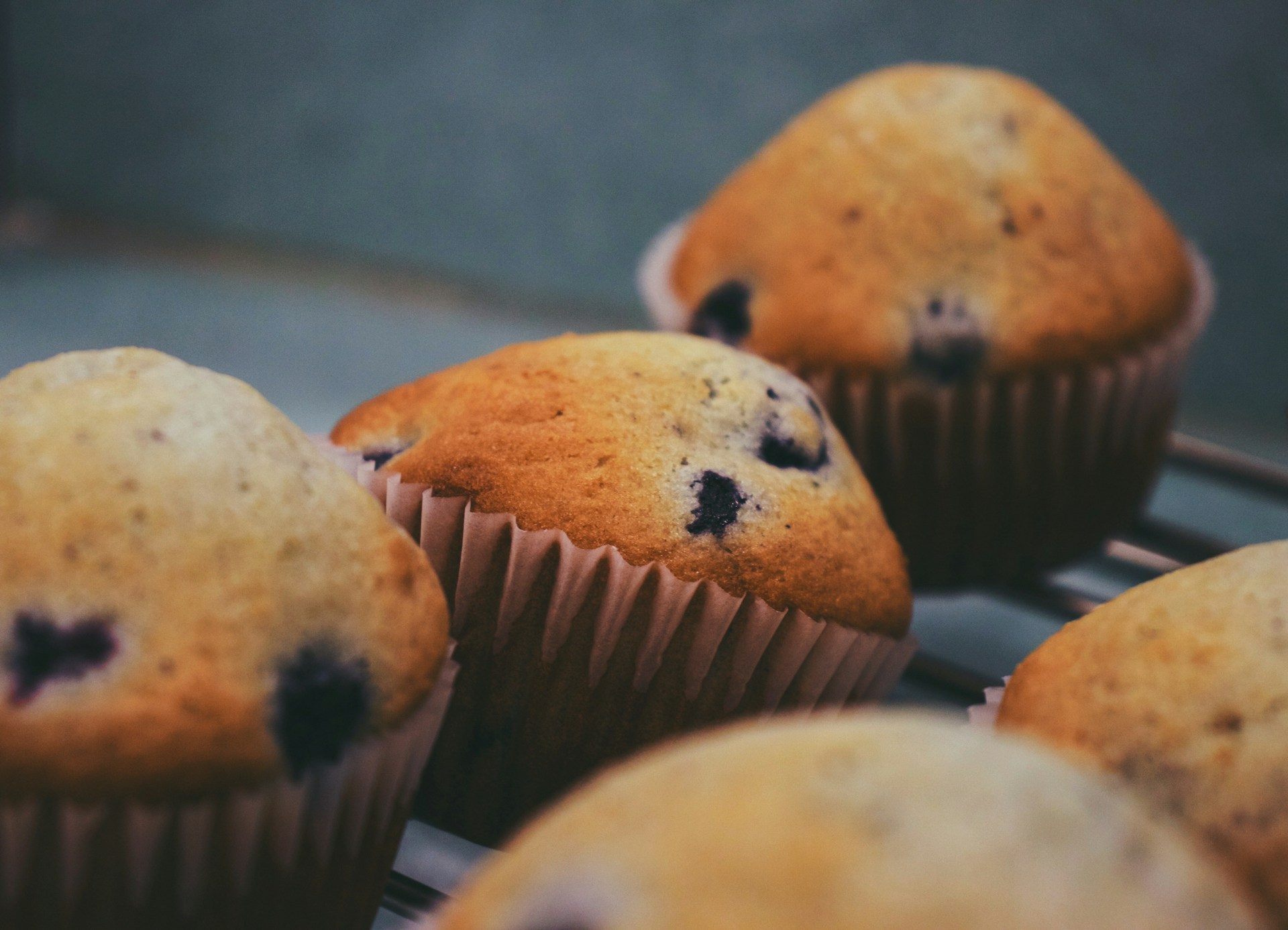
Lunchbox Mini Muffins
Sold in packs for children, these often contain artificial vanilla, synthetic colors, and emulsifiers. Without them, the texture can become rubbery and the color unappealing. Natural replacements may shorten shelf life dramatically. Reformulating every variant is costly. Companies might drop lower-performing flavors. Aedrian Salazar / Unsplash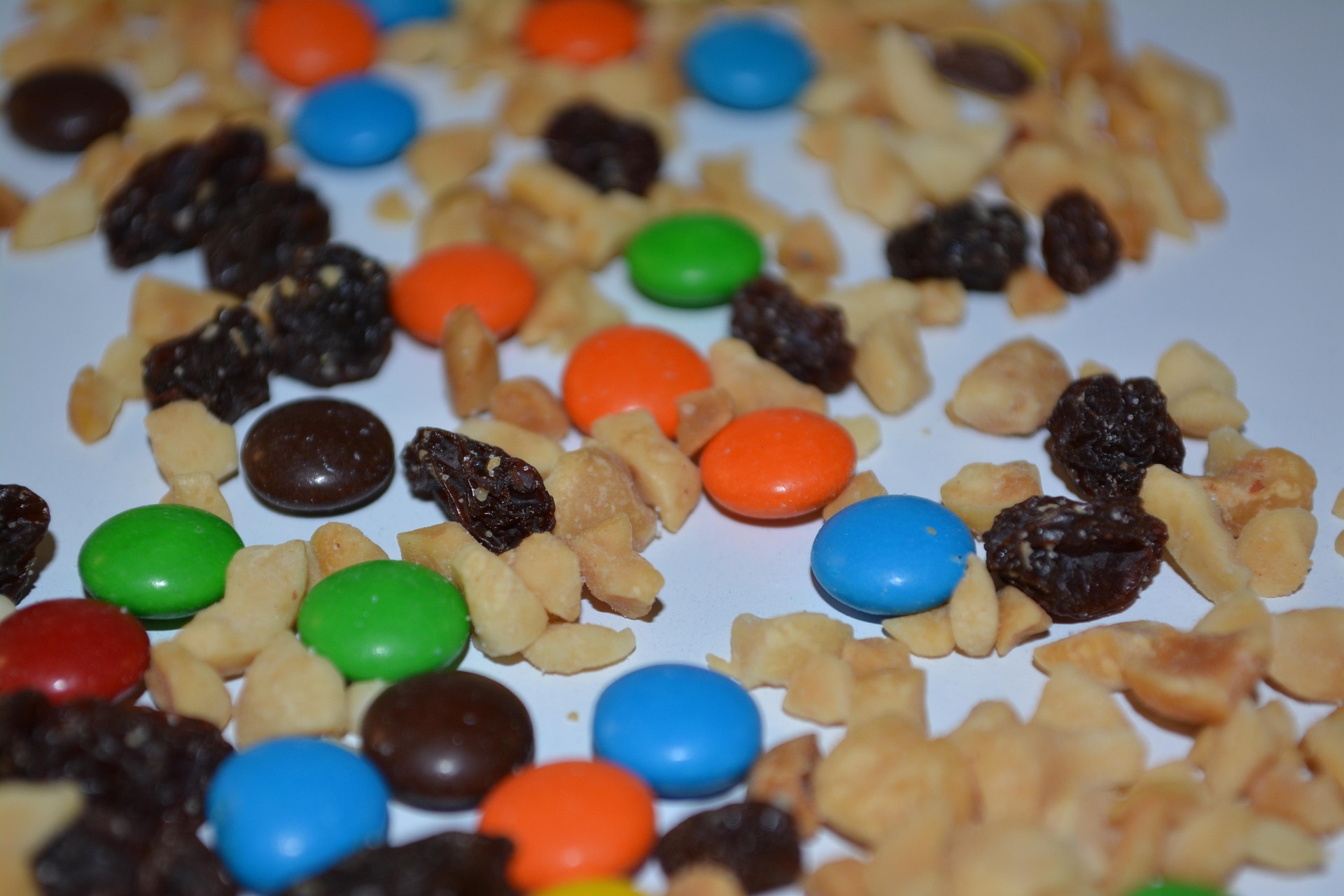
Candy-Coated Trail Mix
Bright candy shells in trail mix often rely on dyes like Blue 1 or Red 3. Removing synthetic coatings may lead to stickier products or bland appearance. Natural coatings may degrade in heat or clump together. Reformulation increases cost while reducing visual appeal. Brands could simplify offerings to avoid hassle. Cianna / Pixabay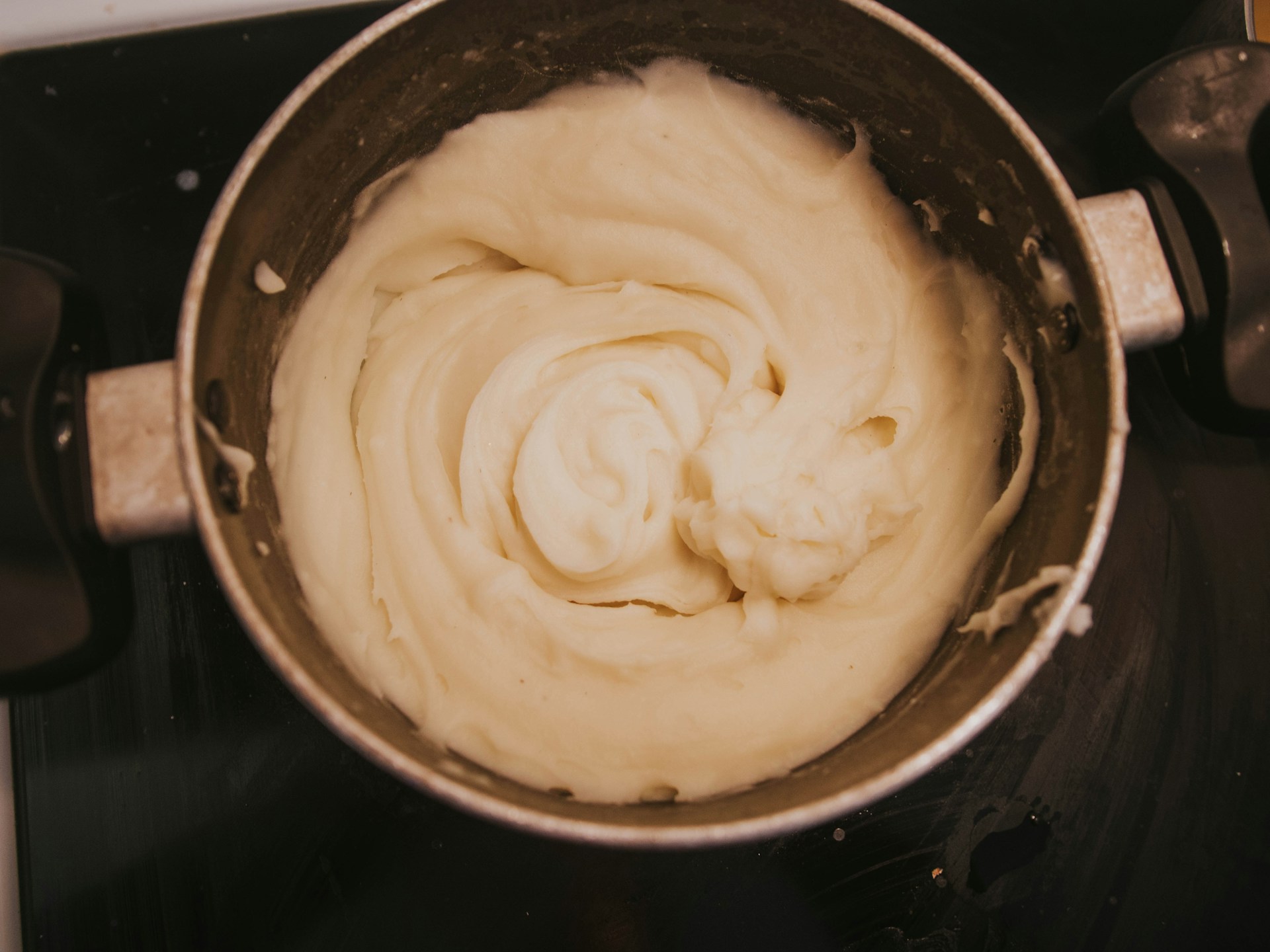
Instant Cheesy Mashed Potatoes
This convenience side dish often includes artificial cheese flavors and stabilizers to create its creamy consistency. Removing emulsifiers may cause separation or lumpiness. Reformulating with real cheese would increase cost and reduce shelf life. Without bright color, the product may seem unappetizing. Some brands may choose to quietly discontinue it. Gio Bartlett / Unsplash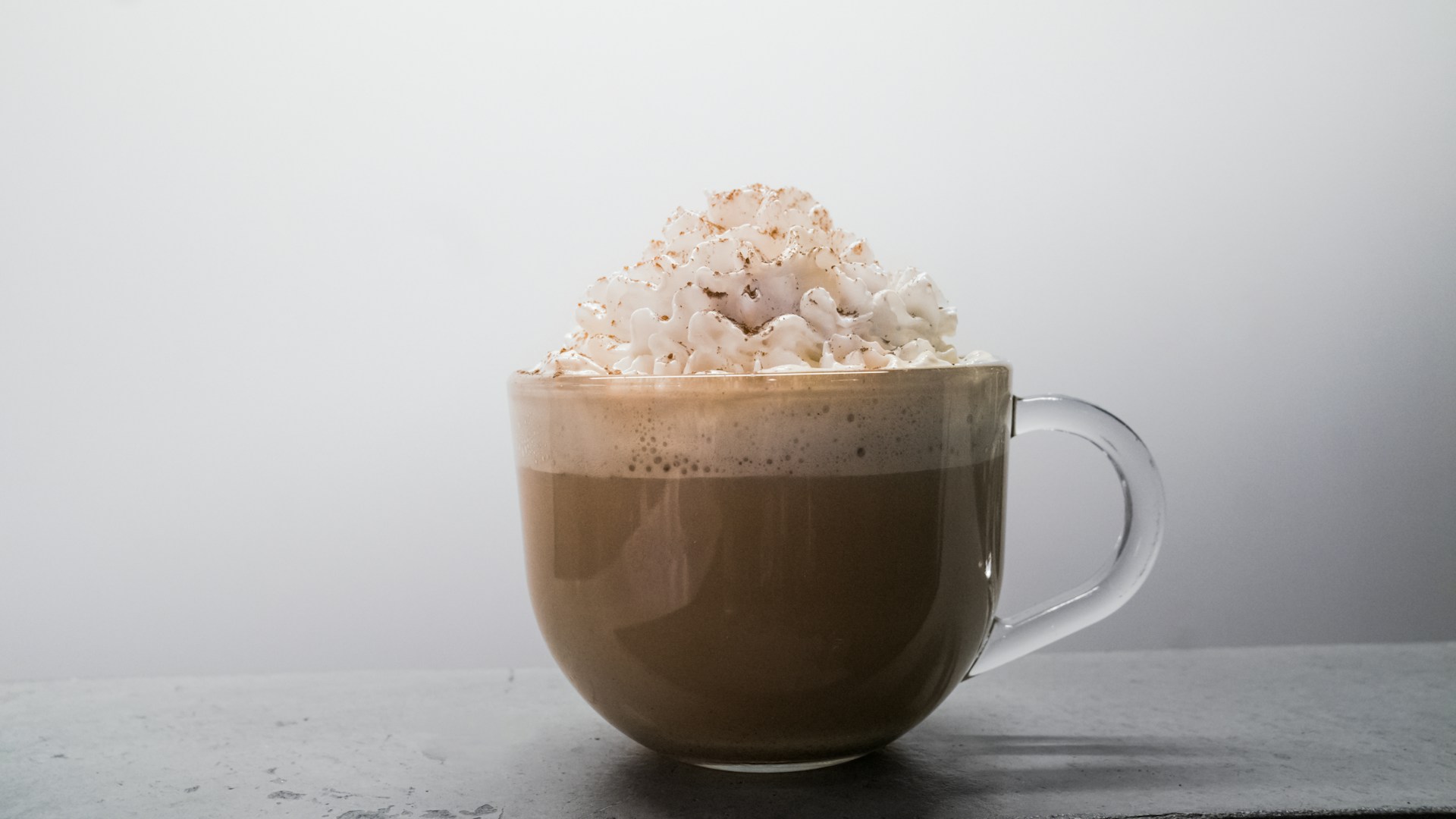
Flavored Hot Cocoa Envelopes
Variants like marshmallow or cinnamon cocoa often rely on artificial flavors. Natural cocoa is more bitter and less shelf-stable. Reformulated powders may clump or settle. Using real flavor ingredients is expensive. Fewer flavor options may be available. Crystal Tubens / Unsplash
Chicken-Flavored Bouillon Cubes
These pantry staples often rely on artificial chicken flavor, Yellow 5, and shelf-stabilizers. Without them, taste and appearance change significantly. Natural versions may crumble or dissolve poorly. Some companies may cut flavor options entirely. Kaboompics.com / Pexels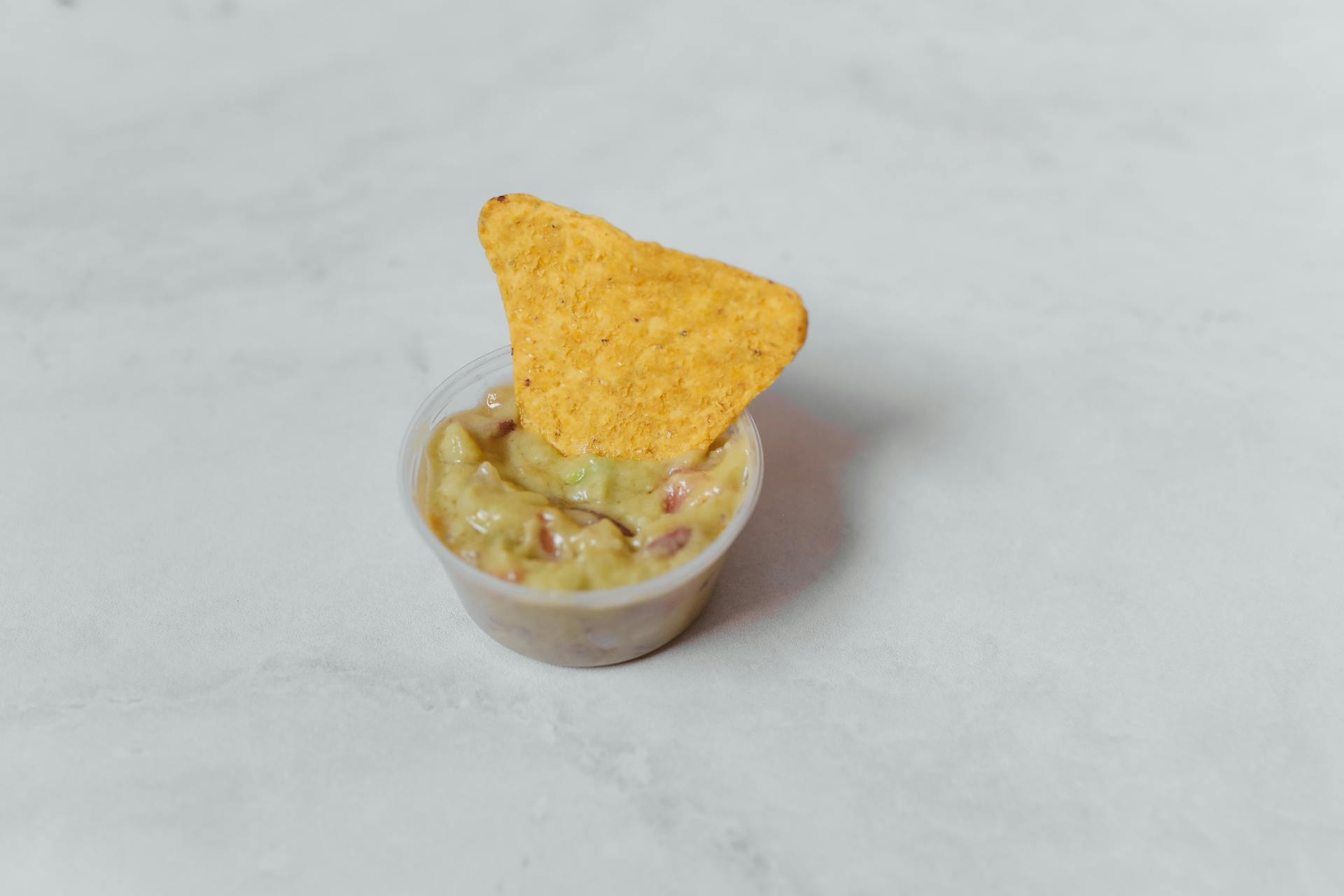
Spicy Bean Dip in Cans
Canned dips often rely on stabilizers and artificial flavors to stay creamy and shelf-stable. Without them, the texture can separate and the flavor may become bland. Reformulating with natural ingredients increases production costs and complexity. These changes could lead to shorter shelf lives and lower consumer appeal. If sales drop, brands may decide it’s not worth keeping them on the market. Polina Tankilevitch / Pexels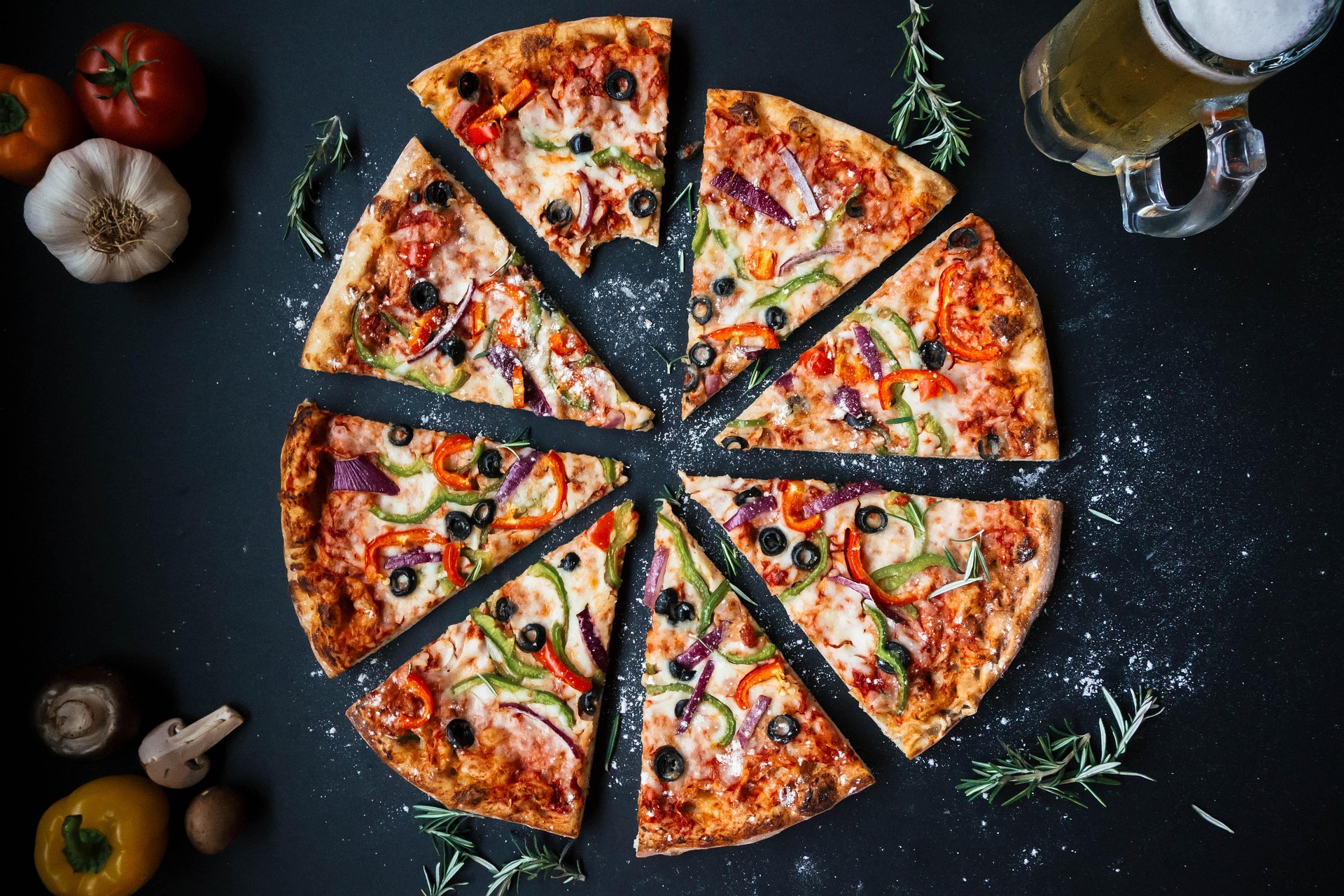
Cheese-Stuffed Crust Frozen Pizza
The gooey cheese filling often relies on emulsifiers and artificial flavoring to stay smooth and melty. Without them, the texture can turn rubbery or separate. Crusts without preservatives may also be more prone to freezer burn. Without flavor enhancers, the overall taste could fall flat. If quality declines, some retailers may pull these products from shelves. igorovsyannykov / Pixabay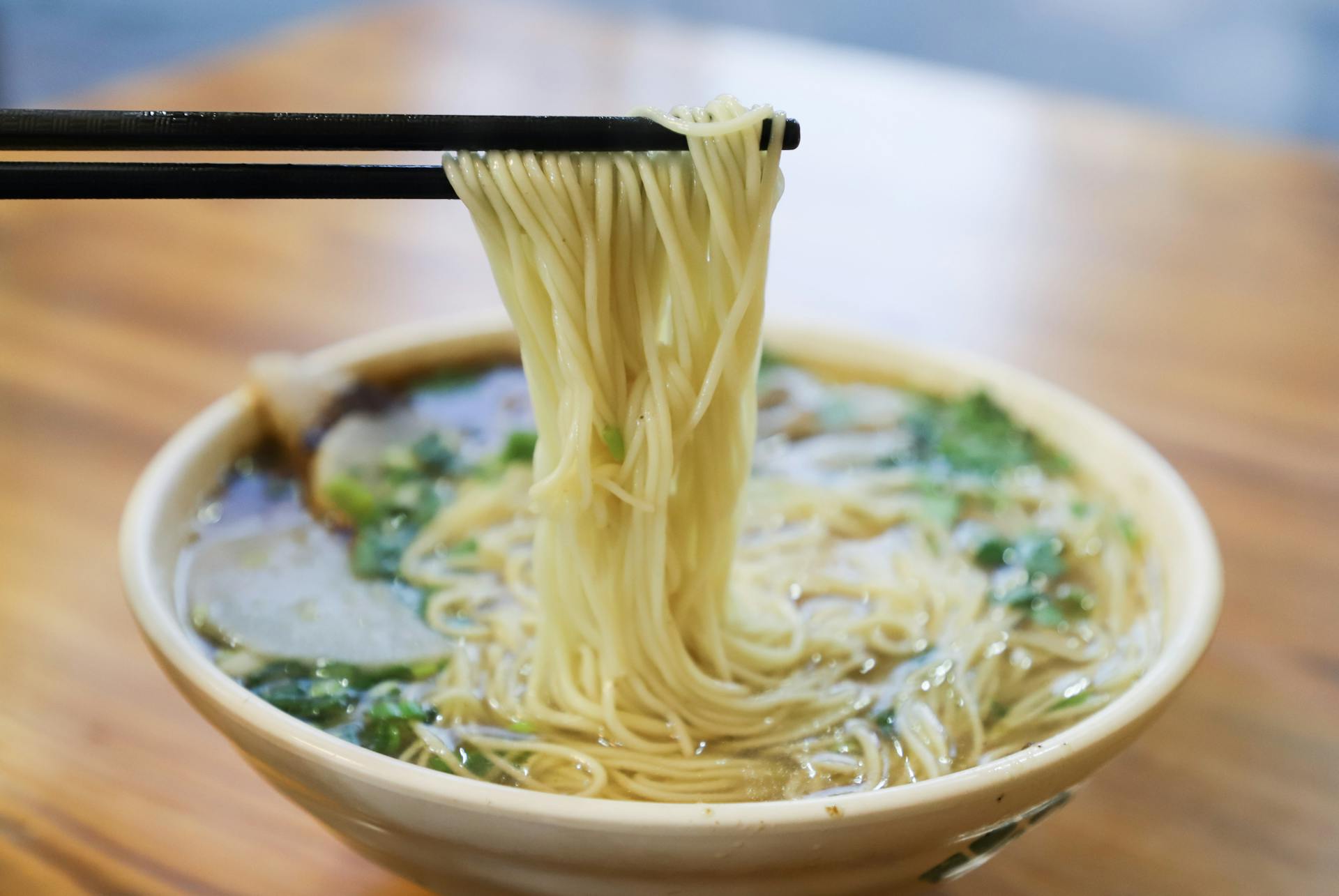
Microwavable Ramen Bowls (Teriyaki or Spicy Flavors)
These bowls often contain artificial broth flavoring, MSG, and dye-enhanced sauces to create a rich, savory experience. Removing these additives can result in a thinner taste and less visual appeal. Natural alternatives may spoil faster or fail to deliver the same punch. Reformulating without these ingredients raises costs and risks consumer dissatisfaction. As a result, some brands may reduce their offerings or exit the category entirely. Cats Coming / Pexels
Packaged Caramel Corn
Synthetic caramel flavoring and preservatives often keep the coating crispy and prevent staleness. Natural caramel hardens quickly and loses its glossy appearance. Without stabilizers, the coating may become sticky or fall off entirely. The snack's shelf appeal could diminish significantly. Mikhail Nilov / Pexels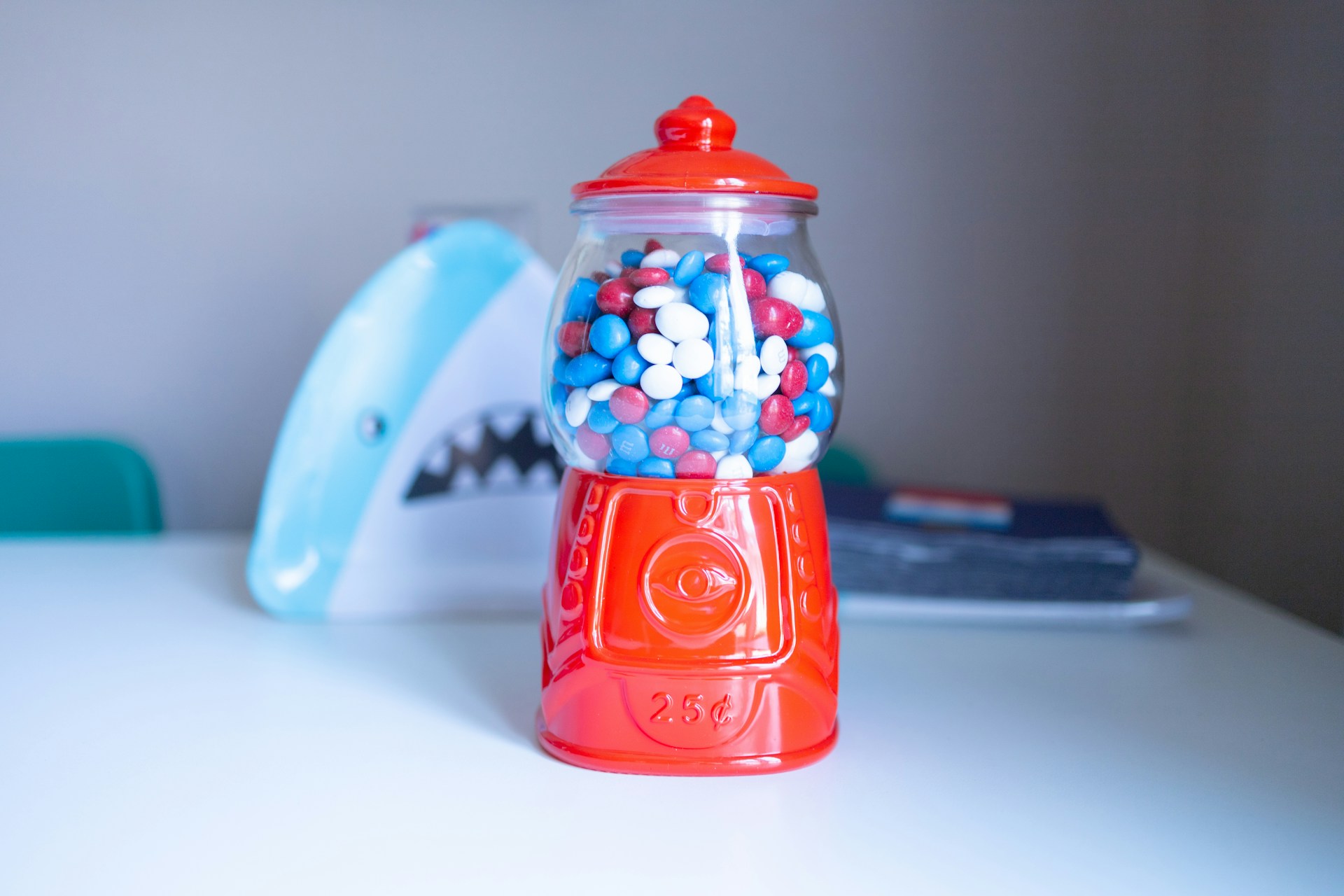
Sugar-Coated Bubblegum
Gumballs and similar candies often use a cocktail of synthetic colors and waxes to maintain shine and stability. A shift to natural colorants could result in faded hues and stickier coatings. Reformulation might also increase production costs and reduce shelf life. If consumers find the new versions less visually fun or flavorful, sales may decline. Some novelty products could be discontinued altogether. Matt Birchler / Unsplash
Could Your Favorite Processed Snacks Be Getting the Boot?
Many of these familiar snacks hold a strong place in consumer memory, but their future may depend on how successfully they can be reformulated to meet growing demands for cleaner labels. As scrutiny of synthetic additives intensifies, food makers will need to weigh the trade-offs between cost, taste, and visual appeal.Some items may quietly disappear, while others could return in altered forms using natural ingredients, although not without compromises. Whether this shift marks a new chapter of mindful snacking or the slow disappearance of processed icons remains uncertain. Tomris / Pexels